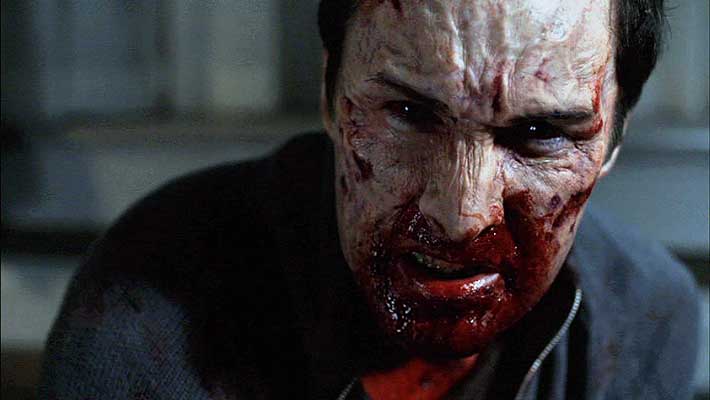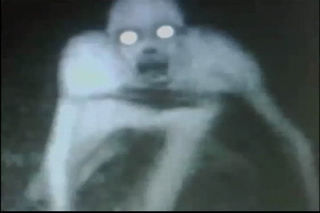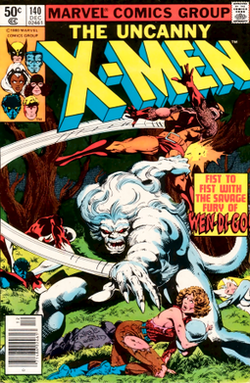 A mental disorder is a mental or bodily condition marked primarily by sufficient disorganization of personality, mind, and emotions to seriously impair the psychological functioning of the individual.
A mental disorder is a mental or bodily condition marked primarily by sufficient disorganization of personality, mind, and emotions to seriously impair the psychological functioning of the individual.There are a lot of known and common mental disorders such as bulimia,anorexia, and etc. But what my newest blog entry will behold several strange mental disorders that most likely you haven't heard of.
There was an article entitled, "5 Strangest Mental Disorders" by an anonymous writer in the site psychdegrees.org. The first disorder that was expounded was the Cotard's Syndrome aka Walking Corpse Syndrome. This is a mental disorder that makes the sufferer believe that they are dead, all their blood and organs are gone, and their soul has been removed. The second one was Synesthesia. It is an anomalous blending of the senses. The sufferers hear colors, feel sounds, and taste shapes. The third one is my topic of course, The Windigo Psychosis. And I assume you already know what it is from reading my previous blogpost but for the newbie's sake. I will summarize what it is. Windigo Psychosis is a culture-bound disorder that urges a person to become like a windigo (cannibal). The next disorder is called, Capgras Syndrome. It is a rare delusion in which a person falsely believes their loved one has been replaced by an impostor. Lastly, there is the Alien Hand Syndrome. A neurological disorder in which one hand functions involuntarily with the victim completely.
According to the anonymous writer, "Such mental illnesses has a ratio of 1:5 regarding American citizens and women are more prone to these disorders than men. Serious mental illness is defined by moderate - extreme impairment of 1-4 of the following: Feeling/mood, thinking, family, role performance and self care."
People with mental disorders should be treated with care and precaution. There are no exact ways to prevent this form happening but to be sure. Consult a doctor when you feel or think of something that's unnatural or odd for even you can handle.

There was another article entitled, "10 Incredibly Strange Brain Disorders" by Esther Arkell in io9.com. Astasia-Abasia patients are always on the verge of falling, Anosognia patients are unable to recognize their own injuries, Broca's Aphasia patients are able to do everything but speak, and Palinopsia patients literally cannot unsee things. We have all experienced staring at an intense light and seeing it afterwards in a different location but with Palinopsia patients, they see this for several days. Dysmimia or Amimia patients cannot comprehend hand gestures, Verbal Dysdecorum patients can't censor themselves, Dysantigraphia patients can't copy handwriting, Amelodia Patients cannot name tunes, Anhedonia patients can't take pleasure in anything, and lastly, Jargonaphasia. It is when a patient has lost the ability to form words entirely, and only utters a string of sounds that don't resemble words at all. For some it's when patients speak words, but without any sentence structure or grammar to give them meaning. The last understanding of the term is the most interesting. Patients can be said to be suffering from jargonaphasia when they incessantly use platitudes, cliches, and pleasantries to cover the fact that they're saying nothing.
According to Thomas R. Insel, "We are really at the cusp of a revolution in the way we think about the brain and behavior, partly because of technological breakthroughs. We're finally able to answer some of the fundamental questions."
Though a lot of mental disorders emerged throughout the years. But science and medicine have figured a lot of ways to cure them. If not cure, then cheat. People who experience mental disorders commonly commit suicide but






